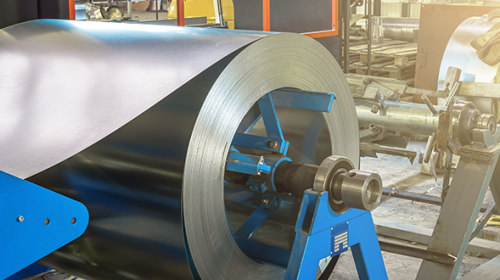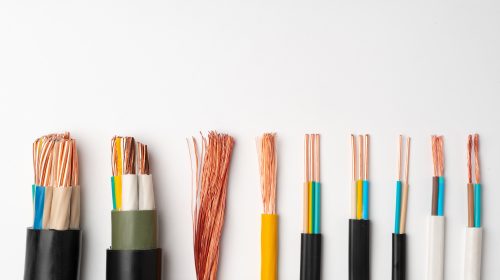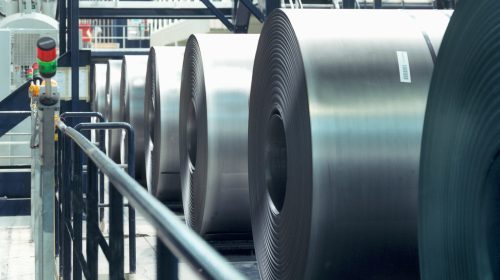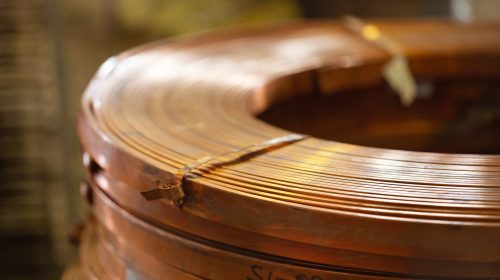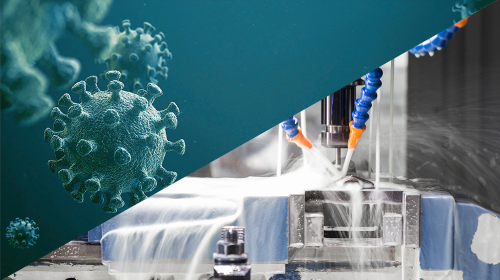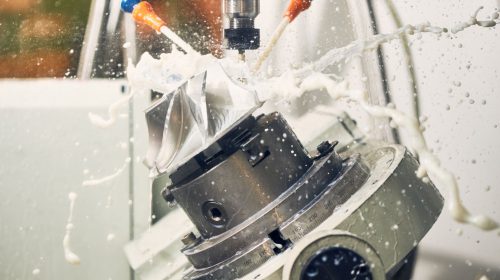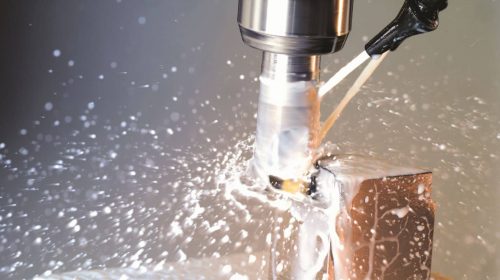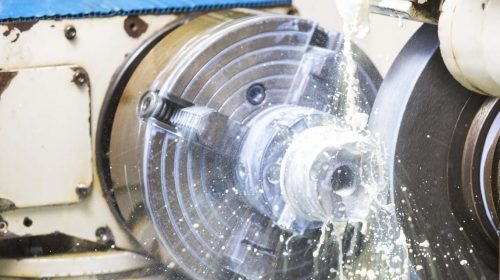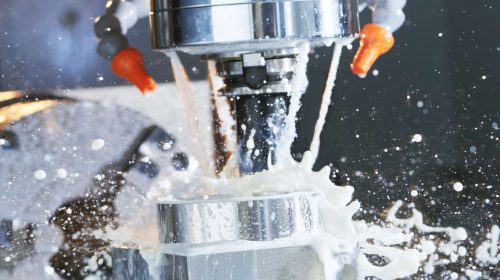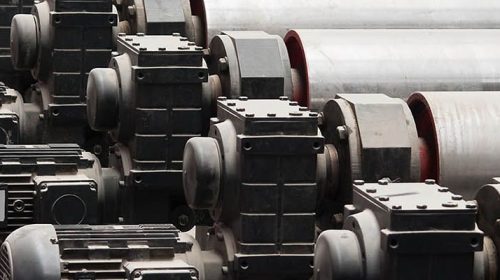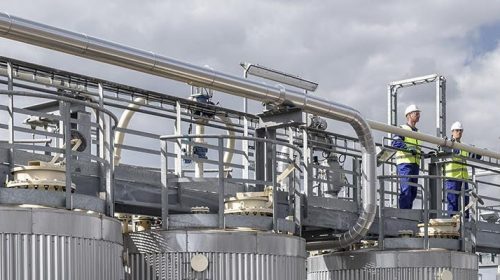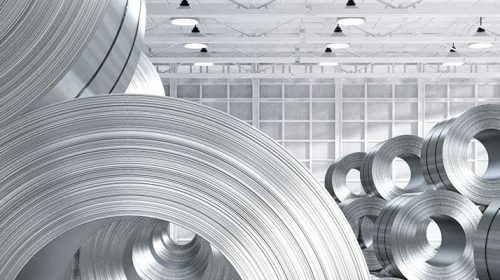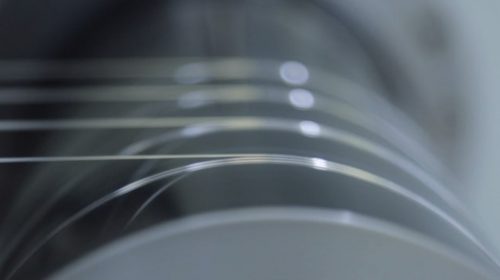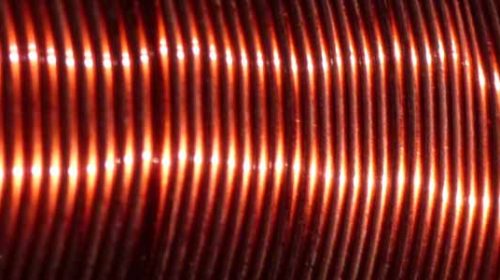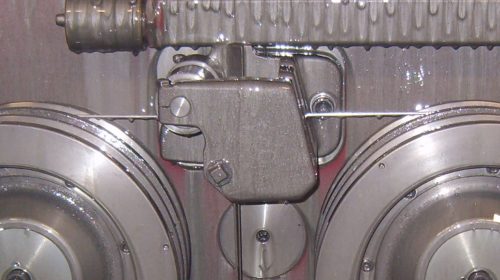Stainless steel is often considered difficult to machine. While using the right machinery and tools for the job is most important, choosing the most effective metalworking fluid can help overcome common machining problems.
Challenges of machining stainless steel
Stainless steel is known for its high work hardening rates and poor chip breaking properties during machining. Overheating the surface can cause heat tint and reduce resistance to corrosion. Another issue is the microscopic amount of dust released during machining, which can be harmful to operators’ health. In addition, 200 and 300 series stainless steels contain microscopic particles of nickel, which is a carcinogen.
Selecting the right metalworking fluid to lubricate and cool stainless steel is essential, especially when you cut deep and operate at high feed rates. The combined effects of lubrication and cooling:
- overcome the impact of work hardening
- limit the flow of heat away from the machined face, due to the low thermal conductivity of the austenitic stainless steel
- minimise health hazards by collecting the dust
Why Q8 Brunel XF 263 is the best option
Q8 Brunel XF 263 contains special additives that reduce tool wear and make it easy to wash away machining chips and breathable particles. Its outstanding detergency properties settle the small particles into the sump where they can be controlled.
It also contains extreme pressure (EP) components, which deliver exceptional performance and are ideally suited to high alloy steels, such as stainless steel, Iconel alloys and titanium. These materials generate a great deal of heat during machining, which can result in heat tint and discolouration. The EP components are highly effective at cooling the surface and reducing the friction caused by contact between the metal and tool.



